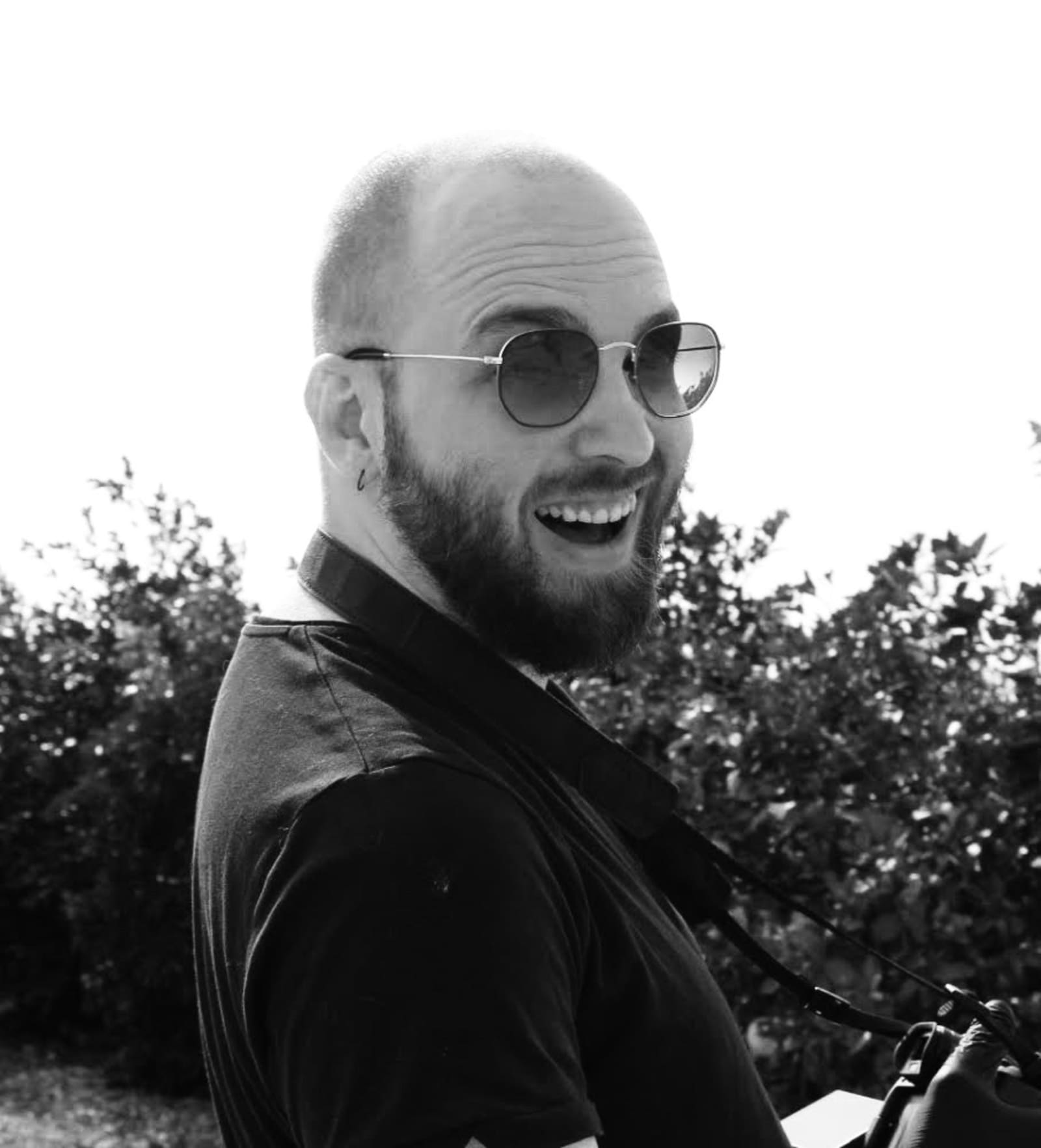artwork infos
landscape
3d
01:00
n/a

Boris Marinin
Aglibol-Malakbel - Horizont...

Boris Marinin
Cyber Bubble 25 Long II

Boris Marinin
Anezti Realm

Boris Marinin
Ryūjin bubble - vertical

Boris Marinin
Hurnaz Realm - Vertical

Boris Marinin
Rock Bubble VIII

Boris Marinin
Theia bubble

Boris Marinin
Sephiroth Realm - Horizonta...
Boris Marinin is both an artist and a curator based in Vienna, Austria. His artistic approach is mainly influenced by self-learning and psychoanalytical analysis. In his art, he tries to capture the essence of nature using amorphous shapes, which are not necessarily related to the material world we know. With his analytical art, the artist takes us on a journey where we are exposed to the movement of nature, extinction and opportunities while discovering personal interpretations of the link between an artist and an object in order to show us beyond our dimension.
In his video art, Boris aspires to make the video shooting process non-rational and non narrative, a kind of trance where it is the camera that guides him and not the other way around. He never knows in advance what he’s going to film. His main source of inspiration is French psychoanalysis, mainly the work of Jacques Lacan, but also object-oriented ontology, animism, Black Metal and some artists. The artists who inspire him the most are Ed Atkins, Joseph Beuys or the abstract films of Stan Brakhage.

Vénus bubble

This is based on object-oriented ontology. In reality, objects are our main subject. For example, a tree is maybe what we can do with that tree, or maybe what we get out of it, or maybe a tree is just a decoration. But imagine for a moment, if there is a lake near the tree, and the tree is reflected in the water, then is the tree part of the lake? Or is the lake part of the tree? According to the OOO (object-oriented-ontology), intermediate objects (shadow, reflection, etc.) are quasi-objects, or semi-objects, and have the same importance as non-objects. Everything is part of a whole.
3d
landscape
01:00
n/a
More from Boris Marinin
More on digital art
Collections with the artist












